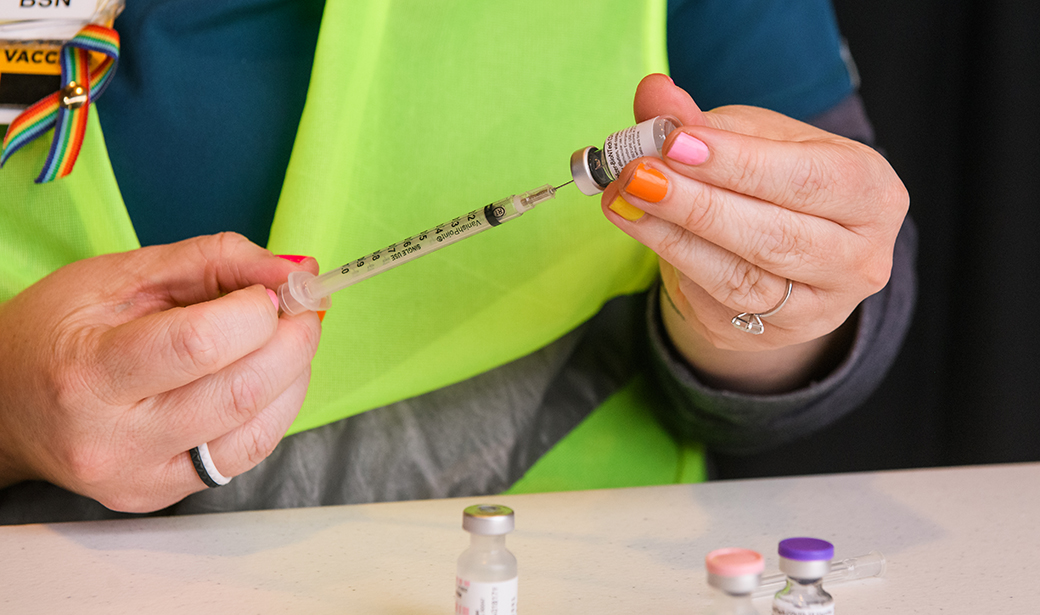Now that COVID-19 vaccinations are widely available, you might be wondering how to talk with a friend or loved one who is reluctant to get the vaccine.
Margaret Day, MD, a family medicine doctor at MU Health Care, provides some advice on how to have a conversation.
Start by listening
Day said there are multiple reasons why people might be hesitant to get the COVID-19 vaccines, but the main concern she hears is that the vaccines were developed very quickly.
Acknowledge their concern and be empathetic. Ask if they’re willing to talk about their hesitancy and any ways in which you could help.
If they’re worried about the vaccine’s safety, help them understand the facts.
“There’s a lot of misinformation floating around about the vaccines,” Day said. “I try to steer people to legitimate sources and away from information they may read on social media.”
Although they were developed in record time, the COVID-19 vaccines available for use have gone through all of the same steps and requirements as every other vaccine, meeting all safety standards.
Cite history
Some people might not understand the fastest — and in some cases the only — way to eliminate the threat of a virus, such as COVID-19, is through vaccination. Vaccination also is key to herd immunity.
Day recommends sharing successful accounts of how vaccines have improved society. Many older adults remember receiving the polio vaccine, and we have thankfully seen rates of polio decline profoundly as a result of those vaccines.
It also might help to discuss the vaccines they’ve already received. Many people receive an annual flu shot. Children are vaccinated against mumps, rubella and measles. Vaccinations are the major reason we no longer see widespread outbreaks of these diseases.
Address misconceptions
Some people are scared about the vaccine’s potential side effects. Day suggests explaining that we expect certain reactions to a vaccine, such as pain near the injection site or a headache and fever. These are temporary and do not mean the vaccine has given you the disease.
“Focus on the evidence that the COVID-19 vaccine causes an immune-system response, and that’s a good thing because we know your immune system is working. That’s an expected vaccine reaction,” Day said. “Expected reactions are ones that don’t make you contagious or harm you.”
Make a referral
A great source of truth about the vaccine can be found at the doctor’s office. Suggest they talk to their doctor at their next appointment to learn more. You can also note that many medical and professional organizations, such as the American Medical Association and World Health Organization, support and recommend the COVID-19 vaccine.
“In my clinic, I try to share what we know and be transparent about what we don’t know about the vaccines,” Day said. “I want my patients to know the door is open and invite more future conversations about the vaccine.”
Help them think of others
Help them understand that by choosing to get vaccinated, they are protecting not only themselves and their family but the community as well.
Day stressed that because the vaccine isn’t available to children younger than 5, those eligible to receive it need to be vaccinated to protect populations unable to receive the vaccine. This is what ultimately helps reduce the spread of the disease.
Vaccination also is important so people who have the virus but don’t experience symptoms don’t spread it to vulnerable populations, such as those who are high-risk because of age or other health conditions.
“The COVID-19 vaccine is our solution to fight this pandemic,” Day said. “The goal is to get enough of the population vaccinated to reach herd immunity. It’s not just a benefit to you but to the broader community. This vaccine is helping your neighbor, too.”




